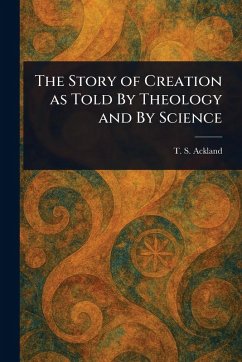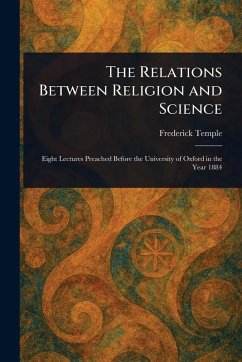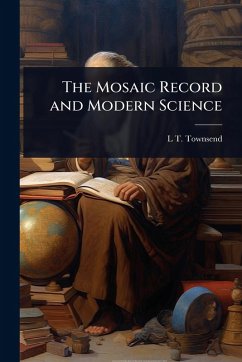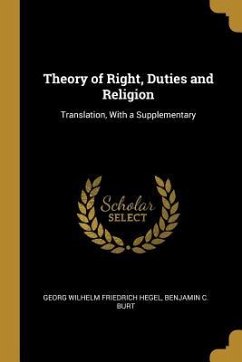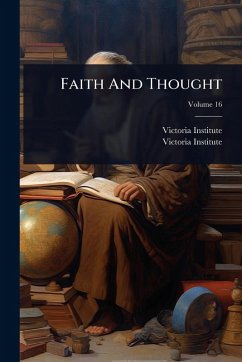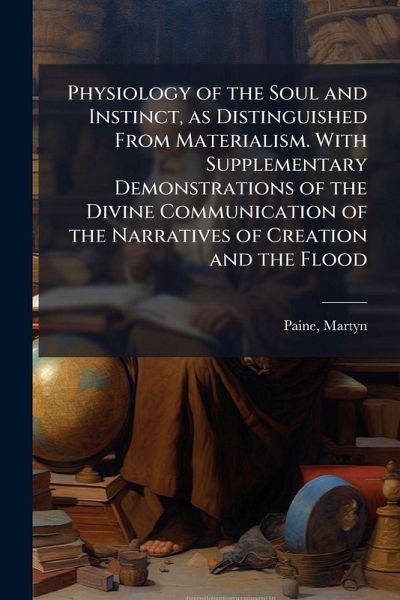
Physiology of the Soul and Instinct, as Distinguished From Materialism. With Supplementary Demonstrations of the Divine Communication of the Narratives of Creation and the Flood
Versandkostenfrei!
Versandfertig in über 4 Wochen
30,99 €
inkl. MwSt.

PAYBACK Punkte
15 °P sammeln!
In "Physiology of the Soul and Instinct, as Distinguished From Materialism," Martyn Paine explores the intricate relationship between the physical and spiritual aspects of human existence. Published in 1872, this work delves into the physiology of the soul and instinct, contrasting these concepts with materialism. Paine seeks to demonstrate the divine communication inherent in the narratives of creation and the Flood, offering supplementary arguments to support his thesis. This book provides valuable insights into the religious and philosophical debates of the 19th century, particularly concer...
In "Physiology of the Soul and Instinct, as Distinguished From Materialism," Martyn Paine explores the intricate relationship between the physical and spiritual aspects of human existence. Published in 1872, this work delves into the physiology of the soul and instinct, contrasting these concepts with materialism. Paine seeks to demonstrate the divine communication inherent in the narratives of creation and the Flood, offering supplementary arguments to support his thesis. This book provides valuable insights into the religious and philosophical debates of the 19th century, particularly concerning the intersection of science and religion. It remains relevant for those interested in the history of ideas and the ongoing quest to understand the nature of consciousness and spirituality. This work has been selected by scholars as being culturally important, and is part of the knowledge base of civilization as we know it. This work was reproduced from the original artifact, and remains as true to the original work as possible. Therefore, you will see the original copyright references, library stamps (as most of these works have been housed in our most important libraries around the world), and other notations in the work. This work is in the public domain in the United States of America, and possibly other nations. Within the United States, you may freely copy and distribute this work, as no entity (individual or corporate) has a copyright on the body of the work. As a reproduction of a historical artifact, this work may contain missing or blurred pages, poor pictures, errant marks, etc. Scholars believe, and we concur, that this work is important enough to be preserved, reproduced, and made generally available to the public. We appreciate your support of the preservation process, and thank you for being an important part of keeping this knowledge alive and relevant.





